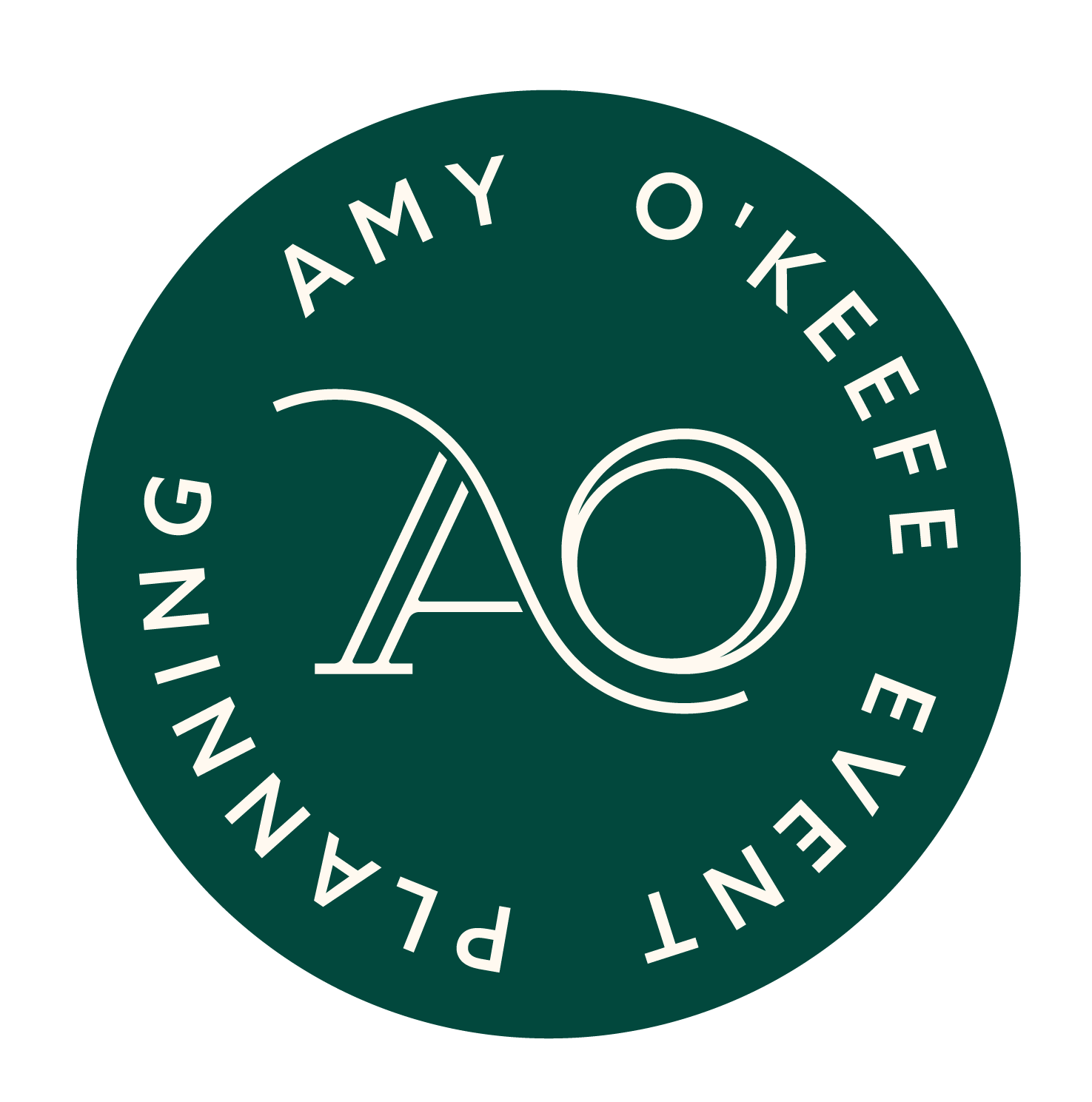Planning with Confidence: Building an Event Timeline That Works
Summer might feel like the perfect time to slow down, but our team here at Amy O’Keefe Events uses these months to look ahead, strategically laying the groundwork for our fall and early 2026 events. One of our favorite tools to stay ahead of the game? A solid, thoughtfully structured event timeline.
Whether you're organizing an intimate dinner or a multi-day summit, a clear and realistic timeline is the backbone of a successful event.
Why a Timeline Matters
Think of your event timeline as more than just a to-do list — it’s your planning playbook. Aligning your team, clients, and vendors around key touchpoints keeps progress visible and catches potential issues before they become problems.
A great timeline gives you space to communicate, make intentional decisions, and ultimately create a more polished, stress-free experience for all involved.
Our Two-Timeline Approach
We typically build two timelines for every event:
1. Planning Timeline
Our internal roadmap with our clients — tracking key action items such as venue sourcing, vendor contracts, gifting organization, guest list finalization, and budget reconciliation. We create these as soon as we start working with our clients.
The planning timeline is essentially a project management tool. We assign key tasks to each party involved so that everyone has a clear understanding of their responsibilities and how they fit into the big picture. In our experience, there are few tasks too minute to include in the planning timeline.
2. Run of Show
This timeline is focused on event execution, covering every detail of your event, from start to finish. We create a draft of the Run of Show several months ahead of the event to manage flow, transitions, and on-site timing.
We like to highlight or bold the major events (e.g. “dinner begins” or “xyz panel”) for readability, but we include all transitions in the timeline, from who is introducing the next speaker to when dinner service is paused or resumes. The Run of Show is a step-by-step guide from the on-site arrival of the first team member or vendor to the breakdown and vendor load-out.
Pro Tips to Keep Your Timeline (and Sanity) on Track:
Start your Run of Show early — it shapes the rest of your planning.
Hold regular check-ins to keep everyone involved aligned and centralize your documents by using shared folders & project management platforms to make collaboration easier.
Build in buffer time to account for inevitable delays in shipping, approvals, and RSVPS.
Review your Run of Show draft with your caterer to ensure your service timing aligns with theirs. They can provide realistic timing on how long it takes to serve each course to your guests.
Common Mistakes We See (and How to Avoid Them):
Waiting too long: top vendors and venues book early, especially for fall and spring dates. We suggest engaging with an event planner 12 months in advance to secure venues and hotel rooms as needed.
Connect with Amy now to secure your spot for your 2026 event.
Skipping approvals: rushing into production without clear client & vendor alignment can lead to expensive changes later. Be patient and address the small things first so that you can move forward with confidence.
Forgetting the guests: make sure the logistics and details support the guests’ experience. After all, this event is for them! Plan the experience they would most enjoy.
Poor communication: a timeline only works if it is shared, updated, and used!
The best events are built with intention. Take time to map it out, stay flexible, and enjoy the process. Whether it’s 40 guests or 400, a clear timeline makes for the strongest foundation.

